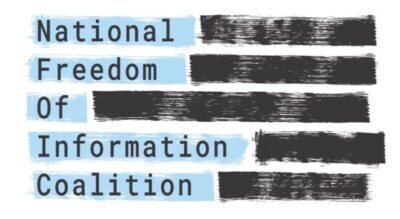The United States Senate approved an amended version of the Digital Accountability and Transparency Act (S. 994) today by unanimous consent. Advocates expect the landmark open data legislation, known as the DATA Act, to earn swift approval in the U.S. House of Representatives, where an earlier iteration of the bill passed by a 388-1 vote in November 2013. The DATA Act would mandate the publication of all federal spending disclosures as standardized open data. In many cases, that information is currently locked behind inaccessible document-based formats.
"The DATA Act takes a structured data model that has delivered unprecedented accountability in stimulus expenditures and applies it across all domains of federal spending," said Hudson Hollister, who drafted the initial version of the DATA Act in 2009 and now champions the bill as the Executive Director of the Data Transparency Coalition. "We're excited to welcome this bipartisan and now, bicameral endorsement for delivering reliable, accessible data about how taxpayers' dollars are being spent. The DATA Act will turn federal spending information into open spending data a valuable new public resource that strengthens democratic accountability and spurs innovation."
The Senate's final version of the DATA Act places the White House Office of Management and Budget alongside the U.S. Treasury Department in joint control of the development of government-wide data standards, a change opposed by the Data Transparency Coalition. However, the final bill retains the Coalition's key goals: strong and comprehensive mandates to standardize and publish the executive branch's whole portfolio of spending information. The final bill also invites the Treasury Department to set up an accountability platform modeled on the innovations of the Recovery Accountability and Transparency Board. President Barack Obama is expected to sign the DATA Act, because it provides a legislative mandate for many elements of his May 2013 Open Data Policy. Continue>>>
======
